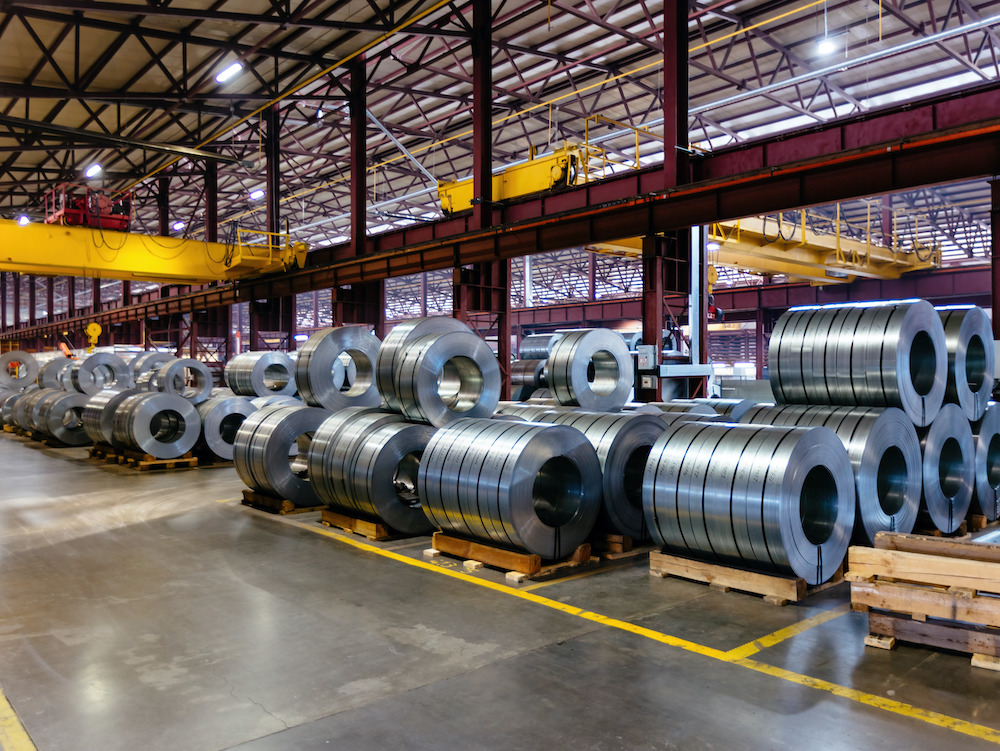Ore Based Metallics
July 12, 2022
ArcelorMittal to add DRI plant to Canadian mill
Luxembourg-headquartered ArcelorMittal will install a 2.5 Mt/y direct reduced iron (DRI) pellet unit at its Dofasco flat rolled steel works in Hamilton, Ontario.
The plant is switching from the integrated blast furnace-basic oxygen furnace (BF-BOF) steel making route to the mini-mill DRI-EAF (electric arc furnace) route to lower its carbon footprint. The estimated savings in CO2 emissions will be 3 Mt/y.
The DRI plant will use Energiron technology jointly developed by Tenova of Luxembourg and Danieli of Italy, which employs natural gas or hydrogen as the reducing agent with the option to vary the proportions of gases used. The technology also has the ability to capture and use CO2, to further reduce overall emissions and provide an additional revenue stream.
ArcelorMittal’s chairman Lakshmi Mittal said: “This project will transform how we make steel in Hamilton by introducing coal-free, lower-carbon technologies. It will enable us to make significant progress this decade, reduce our emissions in Hamilton by approximately 60% and lay strong foundations for near-zero steel making.”
DRI set to expand as decarbonisation concerns grow
With the steel industry accounting for ~7% of global carbon emissions, it is imperative to decarbonise. The obvious solution is to transition from the BF-BOF route to scrap-based EAFs, but this is limited by the finite amount of scrap available and limitations on the quality of steel produced entirely from scrap. Scrap availability is a particular concern for regions that do not have a long history of steel
Instead, the expansion of DRI is needed to help reduce emissions from steelmaking while diluting the impurities that come with recycling scrap. Of 55 potential DRI/HBI projects identified by CRU,20 are in Europe. There are also 15 in China, although, compared to Europe, these projects represent aa very small proportion of the country’s total steelmaking inputs. There are two additional projects in Canada, including ArcelorMittal’s. The other potential DRI project is IOC’ and SHS’s MoU for a DRI plant, although less details have been published on this.
One key concern over the future of DRI is the limited availability of DR grade pellet feed, which generally requires at least 67% Fe and less than 3% gangue (alumina and silica). Canada is set to be a key producer of this. ArcelorMittal intends to convert its pellet production from 30% DR to 100%, using its Port-Cartier pellet plant. Champion Iron also plans to be a major producer of DR grade pellet feed, using the company’s Bloom Lake assets which have 15 Mt/y capacity. The average Fe content of Bloom Lake’s mine is 66% Fe but there is guaranteed capability to achieve DR pellet feed level material. The newly acquired 6 Mt/y Pointe Noire pellet plant in Québec, which was purchased in May, will use this feedstock. We also expect some DR grade material to be exported, primarily to DRI producers in MENA.


